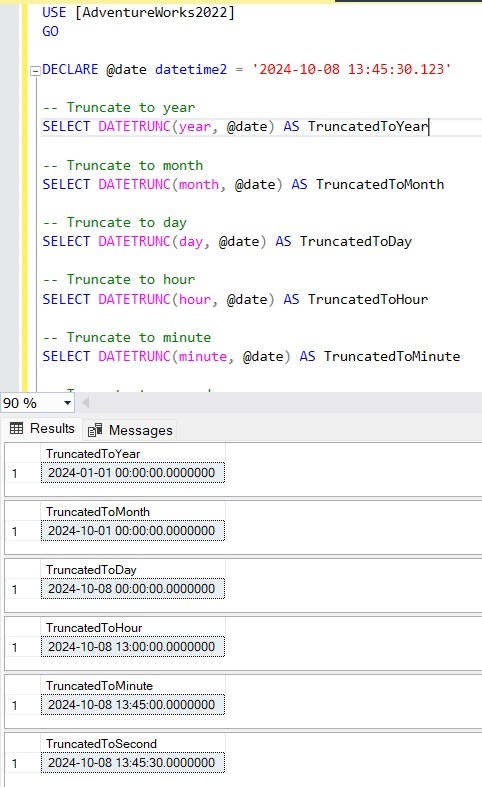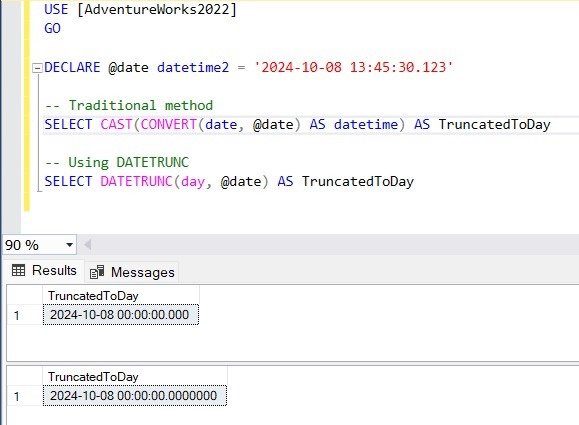Here's how to use a cursor in SQL with a practical example,
- First, we need to understand what a cursor is and why it might be useful.
- Then, we'll create a sample table and populate it with data.
- We'll define the cursor and declare variables to store the data.
- We'll open the cursor and fetch data from it.
- Finally, we'll close and deallocate the cursor.
Cursors in SQL
- Cursors allow us to iterate through a result set one row at a time.
- They are useful when we need to perform multiple operations on each row of a result set.
- Cursors can be explicit (programmer-defined) or implicit (automatically created).
- Explicit cursors give us more control over the iteration process.
Let's create a sample scenario where we have a table of employees, and we want to update their salaries based on certain criteria.
Create a sample table
Insert sample data
Let's See the Result by running this script.
Output

Write the script below and run it.
In this script, we update employees' salaries by 10% for IT and Finance.
Output

Summary
This example demonstrates how to use a cursor in SQL Server to iterate through a result set and perform operations on each row. Here's a breakdown of what the code does:
- We create a sample table of Employees and insert some data.
- We declare variables to hold the data from each row.
- We define the cursor based on our SELECT statement.
- We open the cursor and fetch the first row.
- We use a WHILE loop to continue fetching rows until there are no more rows to fetch.
- Inside the loop, we perform operations on the current row (increasing salaries for certain departments).
- We print the updated information for each row.
- Finally, we close and deallocate the cursor.

